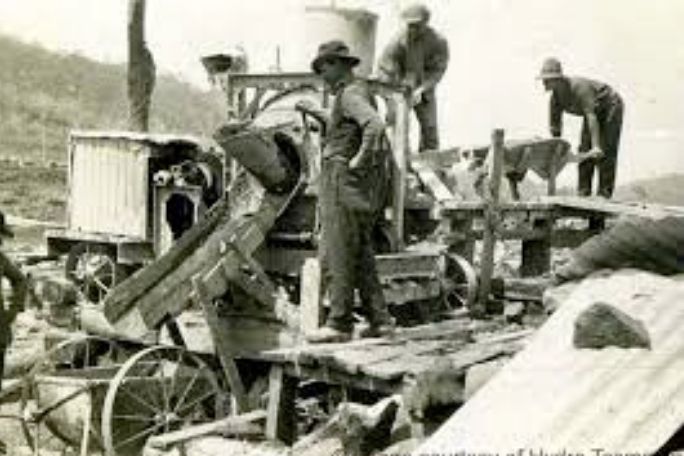Lesson summary
Students will complete a study of secondary sources about the ways in which Aboriginal people interacted with Tasmania’s river systems in past times. They will learn how to differentiate between primary and secondary sources, and will learn how primary sources provide us with clues about the past.
Learning intentions:
Students will...
- begin thinking about different types of historical sources and ways they can interpret primary source material to better understand secondary sources
- understand the importance and value of sustainable energy methods.
Lesson guides and printables
Curriculum links
Select your curriculum from the options below.
Lesson details
Curriculum mapping
Australian curriculum content descriptions:
Year 7 History:
- The range of sources that can be used in an historical investigation, including archaeological and written sources (ACDSEH029)
- The nature of the sources for ancient Australia and what they reveal about Australia’s past in the ancient period, such as the use of resources (ACDSEH031)
Year 8 History:
- Identify the origin and purpose of primary and secondary sources (ACHHS152)
- Locate, compare, select and use information from a range of sources as evidence (ACHHS153)
- Draw conclusions about the usefulness of sources (ACHHS154)
Syllabus outcomes: HT4-1, HT4-5, HT4-6, HT4-9, HT4-10
Time required: 60 mins
Level of teacher scaffolding: Medium – oversee activity.
Resources required
- Internet access
- Student Worksheet – one copy per student OR computers/tablets to access the online worksheet.
Additional info
This lesson has been developed in partnership with
Hydro Tasmania.
Hydro Tasmania has been at the forefront of clean energy innovation for one hundred years. It is Australia’s largest producer of clean energy – generating hydro and wind power – and the largest water manager. Hydro Tasmania has 55 major dams, operates 30 hydropower stations and has built some of Australia’s largest wind farms.
Hydro Tasmania also sells energy in the National Electricity Market through its retail business Momentum Energy, and sells its expertise internationally through its consulting business Entura.
Visit the Hydro Tasmania website to learn how the business is working towards Australia’s clean energy future.


Welcome back!
Don't have an account yet?
Log in with:
Create your free Cool.org account.
Many of our resources are free, with an option to upgrade to Cool+ for premium content.
Already have an account?
Sign up with:
By signing up you accept Cool.org's Terms and Conditions(Opens in new tab) and Privacy Policy(Opens in new tab).